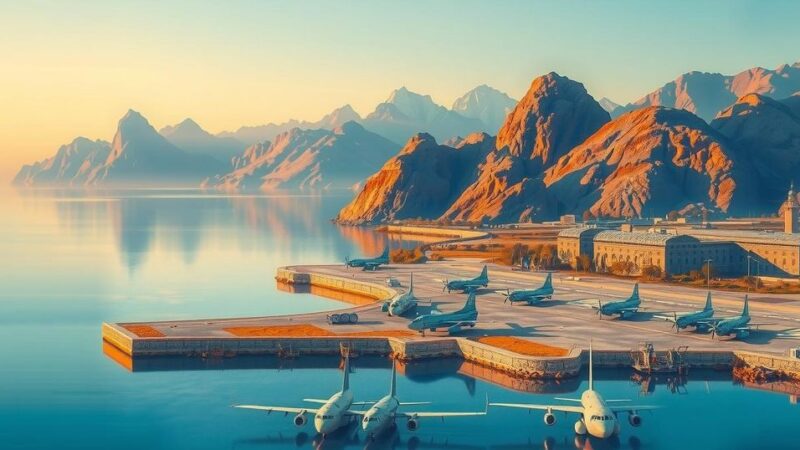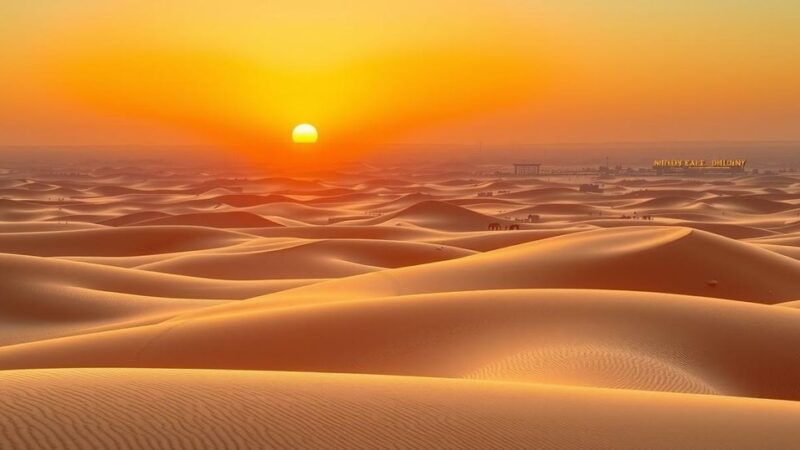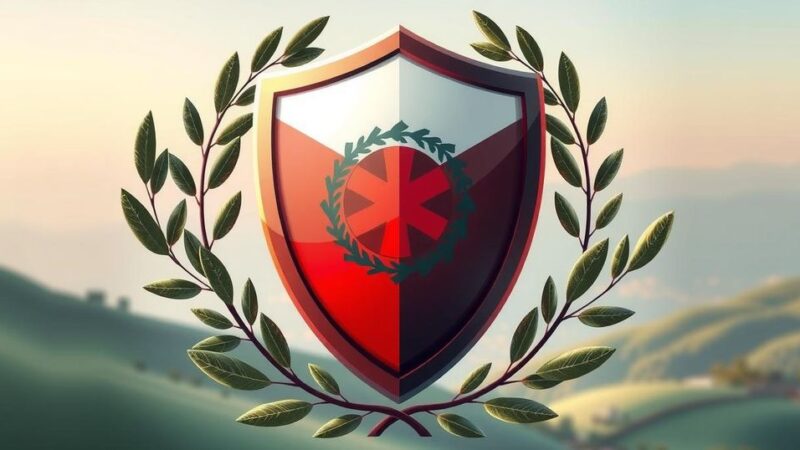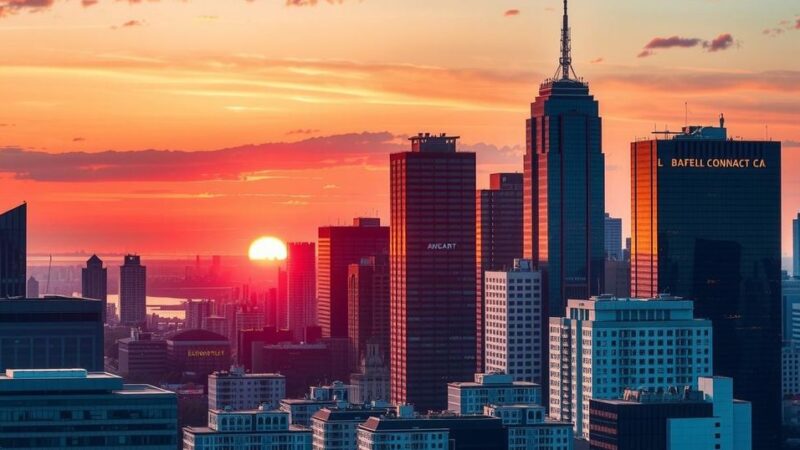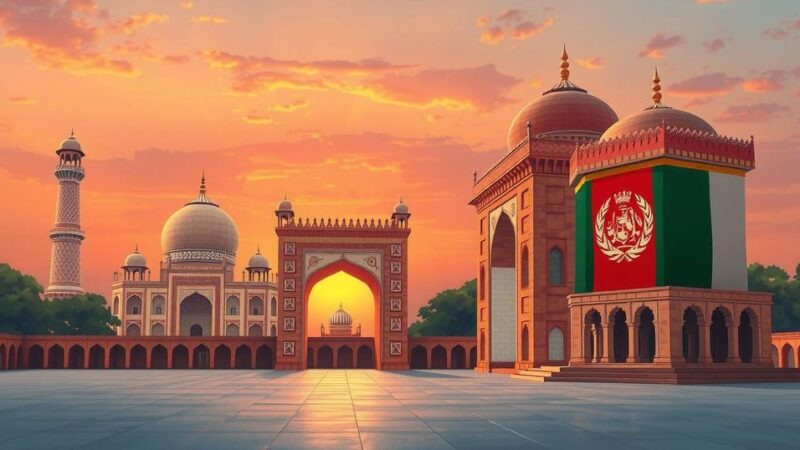The M23 militia, backed by Rwanda, exerts control over eastern Congo, particularly Goma, leveraging rare-earth minerals and weapon stockpiles. Despite international condemnation and discussions for a cease-fire, M23 continues to expand its influence and operations within the region, posing a significant threat to Congolese sovereignty and stability.
The M23 militia is currently asserting control over significant regions of the eastern Democratic Republic of Congo (DRC), thereby posing a considerable risk to the country’s sovereignty. This militia is buoyed by its access to rare-earth minerals essential for smartphone production, profitable trafficking routes, and substantial stockpiles of weaponry, all under the influence of its supporter, Rwanda.
In the major city of Goma, situated near the Rwandan border, M23 soldiers patrol the streets, and officials appointed by the militia govern the city. The DRC’s expansive yet poorly functioning army has struggled to impede M23’s progress, an issue compounded by recent condemnations from the United Nations Security Council. Despite ongoing violence, leaders from the DRC and Rwanda convened in Qatar to discuss an immediate cease-fire; however, M23 has not disclosed its position regarding this truce.
Once considered a disorganized group, M23 now operates in a manner akin to a governing body within bustling cities, lucrative coltan and gold mining areas, and key border crossings. They have established immigration services that validate passports, and within a city still healing from violent conflicts, M23’s leadership has encouraged local youth to enlist, asserting they can “liberate Congo.” This organization has ambitions to advance towards Kinshasa, the nation’s capital, highlighting the formidable threat M23 and Rwanda pose to the DRC, a nation that has endured decades of conflict, resulting in millions of deaths.
In conclusion, the M23 militia’s consolidation of power in eastern Congo raises critical concerns regarding the nation’s sovereignty and security. Supported by Rwanda and fortified by access to vital resources, M23 has evolved into a formidable governing entity that threatens regional stability. The recent call for a cease-fire by DRC and Rwandan leaders underscores the urgent need for resolution in the lingering conflict, yet the ambiguity surrounding M23’s intentions remains a significant challenge.
Original Source: www.nytimes.com

